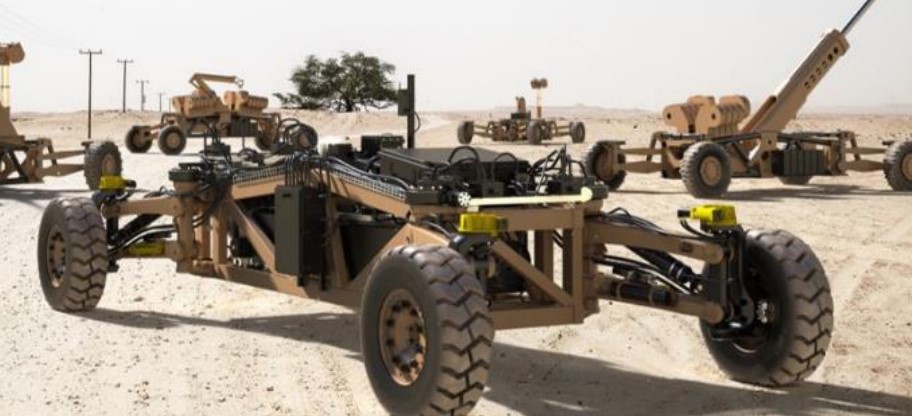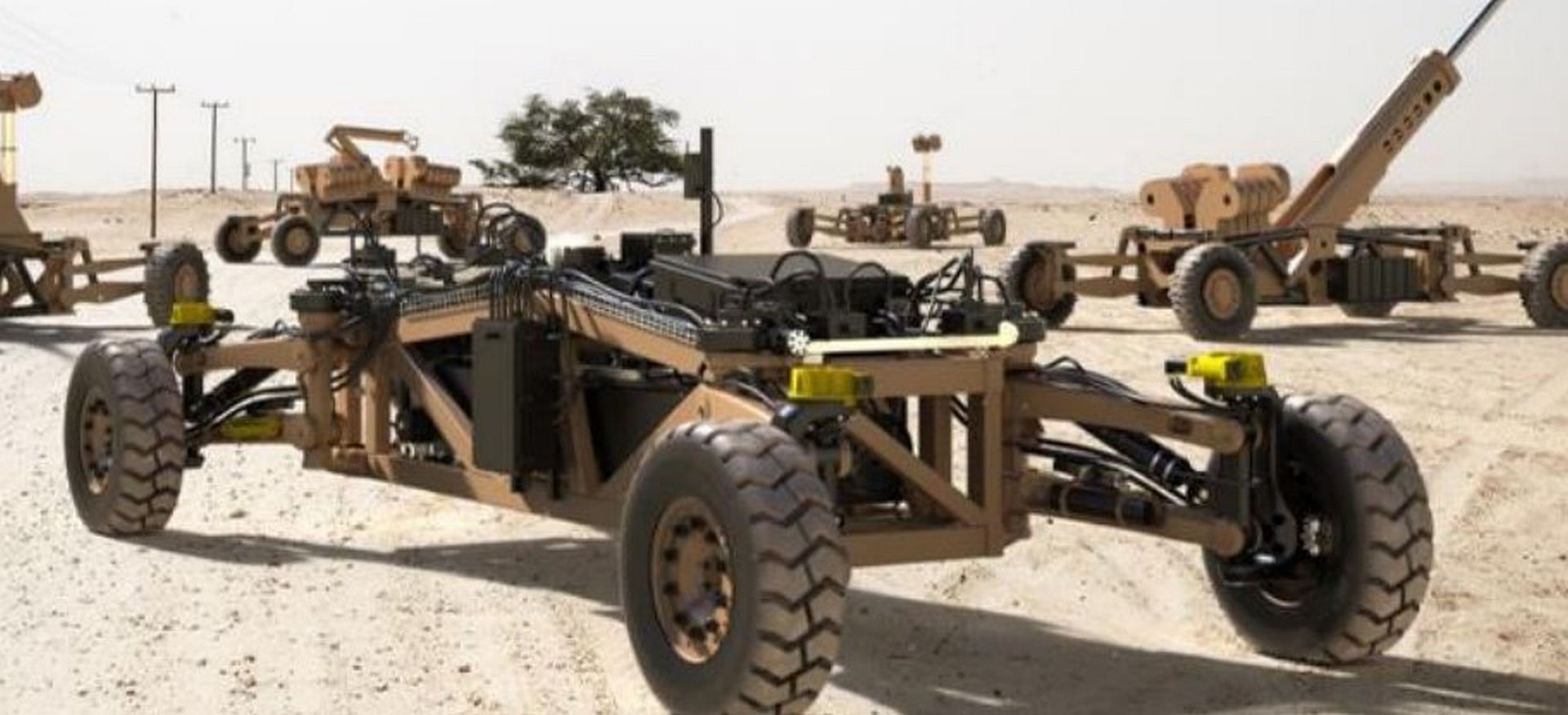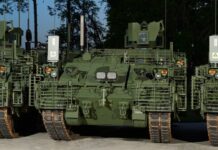BAE Systems has begun an initiative to study how multi-domain integration, supported by autonomy at all levels, can deliver the kind of quick, co-ordinated and effective outcomes that are required to prevail on the modern battlefield.
Speaking during an online briefing to journalists on 4 September 2023, Rob Merryweather, Technology Director at BAE Systems, explained that, while multi-domain integration – and concentrating force at the point of need – is not a new concept in warfighting, what is new is the speed and pace at which it needs to happen.
Additionally, Merryweather emphasised that autonomy at all levels is essential to delivering the required and rapid outcomes.
“It’s easy to imagine autonomy in the context of an uncrewed platform. However, autonomy in the analysis of data, in the support of decision-making, in the planning of missions, is every bit as much a feature of how we deliver capability in this new environment,” he explained.
By way of example, Merryweather looked at integration levels with regard to joint fires. The first level, he said, would see threat details shared directly to local ground forces to choose the best response; the second level would see those threat details shared directly to local ground and air forces to select the best response; the third level would see the threat details shared directly across an integrated network, with a system recommending the most efficient response and then executing it once an operator makes the decision to proceed.
However, Merryweather said the requirement is now to go to a further level and ask ‘How do we then do that at machine speed?’ This, he said, would not just accelerate the tempo of warfare, but would allow the human programmative efforts to be focused on the judgement and decision-making elements that are highly critical.
“The reason why the autonomy elements become so critical, particularly in the platforms,” added Merryweather, “is the ability to deliver combat mass, the ability to get more effects delivered on the battlefield, more affordability, and with lower risk to human life.

“So bringing together those elements for trusting the decision aids, being able to integrate all of the information with all of the potential responses, and being able to deploy that at pace: that becomes the operational need our customers have and that becomes what at BAE Systems we are working towards providing.”
To make this possible this BAE Systems is taking an open-systems approach to
to facilitate the integration of systems beyond boundaries, partnering with other specialist companies such as Microsoft to access the latest innovations and capabilities, emplacing a ‘translation layer’ at every boundary to enable integration with proprietary or non-standard interfaces, and using novel and agile technologies including artificial intelligence, software-defined capabilities and synthetics.
Asked by ESD whether BAE is addressing a particular stated requirement or whether the initiative is a purely internal one, Merryweather replied, “We made a really strategic decision about three years ago that we wanted to increase the amount of investment that we put in as a company to meet what we saw as the projected need ahead of the description of state of requirements. So, we try and find a balance where we’re making the investments in areas where customers are telling us that they have operational need and challenge, but before the point where they have defined the requirements as to what that solution needs to look like.
“And that is a real important change for us, I think, as an emphasis because ultimately industry can provide a lot of insight into how these problems can be solved,” he added. “So, I think understanding the customer need, as opposed to waiting for the customer requirements, is very definitely a shift that we’ve been to emphasise significantly over the last few years and a lot of the products you’re seeing come out of this are the fruits of that kind of different approach.”
Peter Felstead












